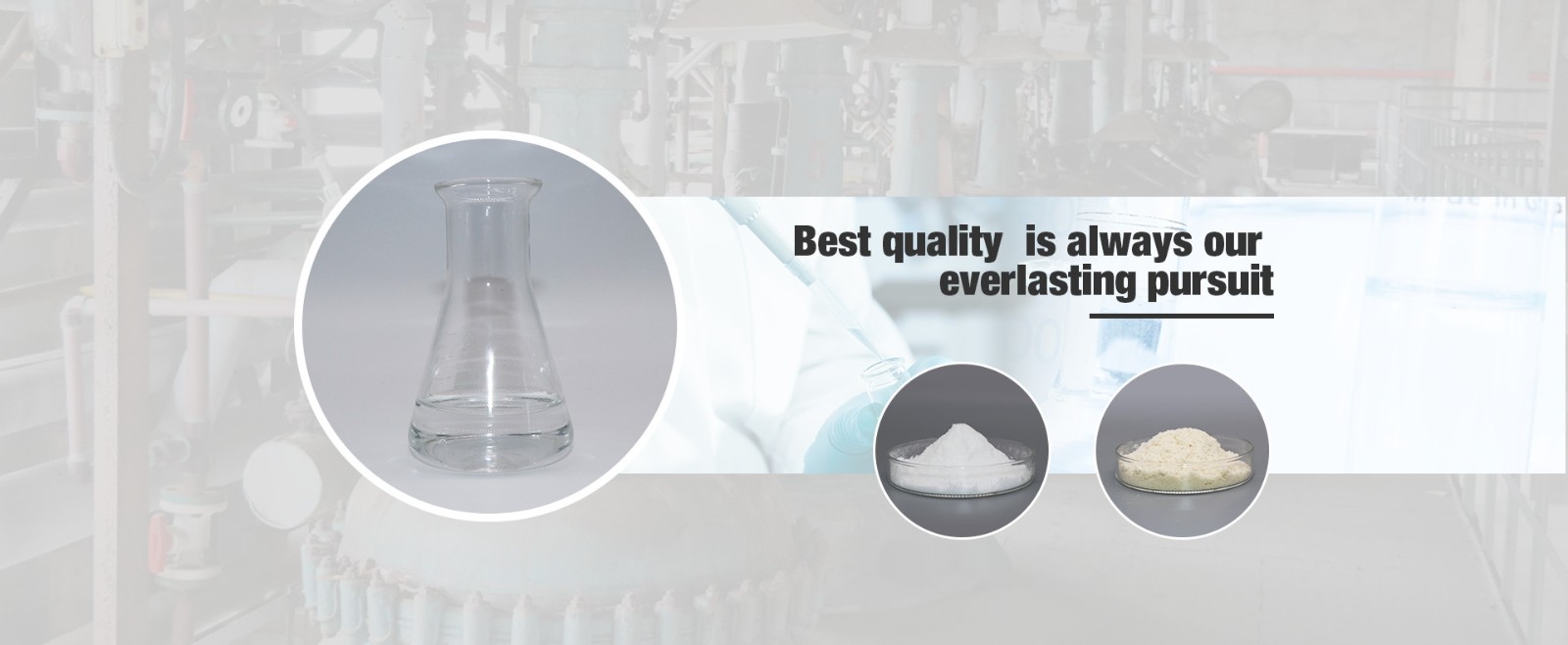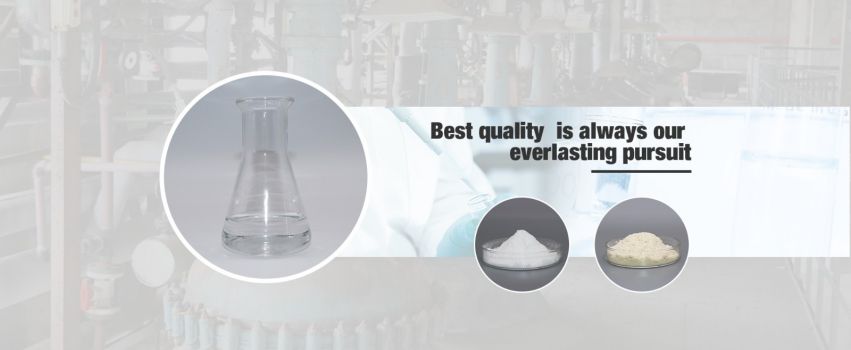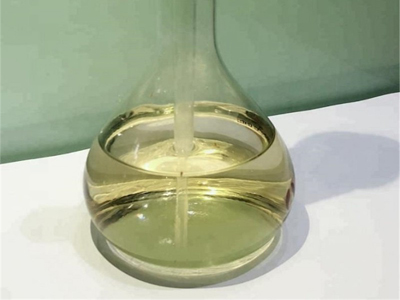Characteristics of Citral: A Comprehensive Overview
Jun. 15, 2023
Citral is a naturally occurring organic compound that belongs to the class of chemicals known as terpenoids. It is a highly aromatic compound found in essential oils of various plants, most notably in lemongrass, lemon myrtle, and lemon verbena. Citral is known for its distinctive citrus scent and is widely used in the fragrance, flavoring, and pharmaceutical industries. In this article, we will explore the characteristics of citral, including its chemical structure, aroma, properties, and applications.
Chemical Structure of Citral:
Citral is a mixture of two isomeric aldehydes: geranial (also known as citral A) and neral (also known as citral B). Both isomers have the same molecular formula (C10H16O) but differ in the arrangement of their atoms. Geranial has a trans configuration, while neral has a cis configuration.
Aroma and Flavor Profile:
The characteristic aroma of citral is often described as bright, citrusy, fresh, and lemon-like. It imparts a zesty and refreshing scent reminiscent of lemons or lemon zest. This distinct aroma is responsible for the popularity of citral in the fragrance and flavoring industries. Citral is commonly used to enhance citrus flavors in food and beverages, as well as in various cosmetic and personal care products.

Physical Properties:
Citral is a pale yellow to yellowish-green liquid at room temperature. It has a low boiling point and evaporates easily. The specific gravity of citral is approximately 0.889-0.900, and its refractive index ranges from 1.487 to 1.491. The compound is soluble in organic solvents such as ethanol, ether, and oils, but it is insoluble in water.
Chemical Properties:
Citral possesses certain chemical properties that contribute to its applications in various industries. It is highly reactive and readily undergoes chemical reactions such as oxidation, reduction, and condensation. The presence of reactive functional groups in citral, such as the aldehyde group, allows it to participate in a wide range of chemical transformations.
Citral is susceptible to oxidation, which can lead to the formation of citral oxides or other oxidation products. These oxidation reactions can affect the aroma and stability of citral-containing products. Therefore, appropriate storage conditions, such as protection from heat, light, and air, are necessary to maintain the quality of citral.
Citral
Applications of Citral:
Fragrance Industry:
Citral is widely used in the fragrance industry due to its fresh and citrusy scent. It is a key component in the formulation of perfumes, colognes, and other scented products. Citral can be found in various fragrance compositions, particularly those aiming to recreate citrus notes or provide a zesty and uplifting aroma.
Flavoring Industry:
Citral is commonly used as a flavoring agent in the food and beverage industry. Its citrusy flavor enhances the taste of many products, including confectionery, baked goods, beverages, and dairy products. Citral is also employed in the production of citrus-based flavors, such as lemon, lime, and orange.
Aromatherapy and Essential Oils:
Citral-rich essential oils, such as lemongrass oil and lemon verbena oil, are popular in aromatherapy practices. These oils are known for their uplifting and invigorating properties, and they are often used in diffusers, massage oils, and scented candles.
For more information, please contact us. We will provide professional answers.
-

CPHI & PMEC China (Shanghai) 2025 --- we are coming!
Mar. 14, 2025
-

Nice to meet you——CPHI 2024 Shanghai
Jul. 08, 2024






















